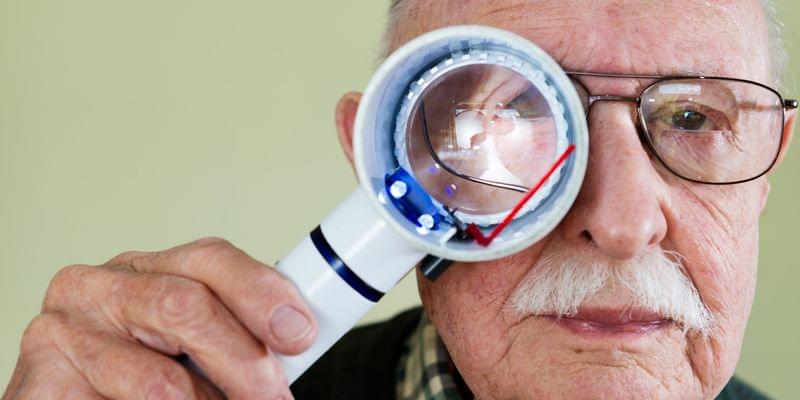Age-related macular degeneration is the most common cause of vision loss in adults over age 50, but there are few treatments available. Researchers are now developing promising stem cell therapies to treat the disease.






Michael LorreyGates is, famously, the guy who said, “Why would anyone ever need more than 640kb of memory?” and “The internet is a fad.”
2 Replies.
Paul Battista shared a link. Lifeboat Foundation.
The benefits of exercise in a pill? Science is now closer to that goal.
Researchers have identified a molecule in the blood that is produced during exercise and can effectively reduce food intake and obesity in mice. The discovery improves our understanding of the physiological processes that underlie the interplay between exercise and hunger. Scientists from Baylor College of Medicine, Stanford School of Medicine and collaborating institutions reported the findings on June 15 in the journal Nature.
“Regular exercise has been proven to help weight loss, regulate appetite, and improve the metabolic profile, especially for people who are overweight and obese,” said co-corresponding author Dr. Yong Xu, professor of pediatrics – nutrition and molecular and cellular biology at Baylor. “If we can understand the mechanism by which exercise triggers these benefits, then we are closer to helping many people improve their health.”
Astronomers studying the structure of the Milky Way galaxy have released the highest-resolution 3D view of the Orion star-forming region. The image and interactive figure were presented today at a press conference hosted by the American Astronomical Society.
Led by researchers at the Center for Astrophysics | Harvard & Smithsonian, the work connects 3D data on young stars and interstellar gas around the Orion complex of star-forming regions. Analysis of the 2D and 3D images, alongside theoretical modeling, shows that supernova explosions within the last 4 million years produced large cavities in the interstellar material associated with Orion.
One particular cavity the team discovered may help explain the origin of Barnard’s Loop, a famous and mysterious semi-circle in the night sky first observed in 1894.

Adam FordAdmin.
I disagree with Ross Dawson here… it’s not ultimately a matter of belief or faith, it’s a matter of understanding our existing knowledge about the physiology of sentience, and of furthering the relevant research agendas. Questions of sentience in h… See more.
2 Replies.
Daniel E. TwedtThey can be corporate persons and have all kinds of capabilities…
View 4 more comments.
Shubham Ghosh Roy shared a link. Lifeboat Foundation.

STANFORD, Calif. — An “anti-hunger” pill could be on the horizon, according to a new study. Researchers from Stanford Medicine and Baylor University have identified a molecule that keeps people from getting hungry after exercising.
In experiments, the compound dramatically reduced food intake and obesity in mice. Study authors hope to turn it into a medication that may even replace the need to go to the gym.

Tiktok MechanicThats a illness not normal hairloss lmao.
Tiktok Mechanic This drug is for the illness alopecia areata.
Tiktok MechanicEric Klien ya well it doesnt say that.
Eric KlienAdmin.
Tiktok Mechanic The article says that.
Muhammad Furqan shared a post. Lifeboat Foundation.